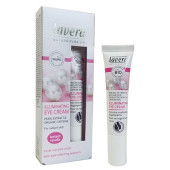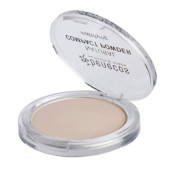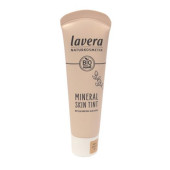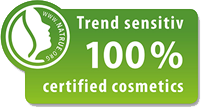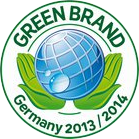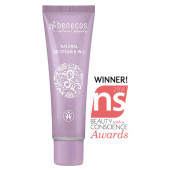Methylisothiazolinone (MIT)
Methylisothiazolinone (MIT) is becoming increasingly popular as a preservative to replace parabens. Even some products claiming to be certified organic use this preservative, as certain percentages of non-organic material is allowed by the USDA.
In lab studies, the bacteria-killing agent was shown to restrict the growth of immature rat nerve cells. Studies on live animals are still needed to confir...



